Chapathi (also known as chapati) is a staple Indian flatbread (and this recipe is certainly a weekly staple in our home). I’ve been using this simple homemade dough recipe for 20 years to make super soft, wonderful chapathi. So easy!
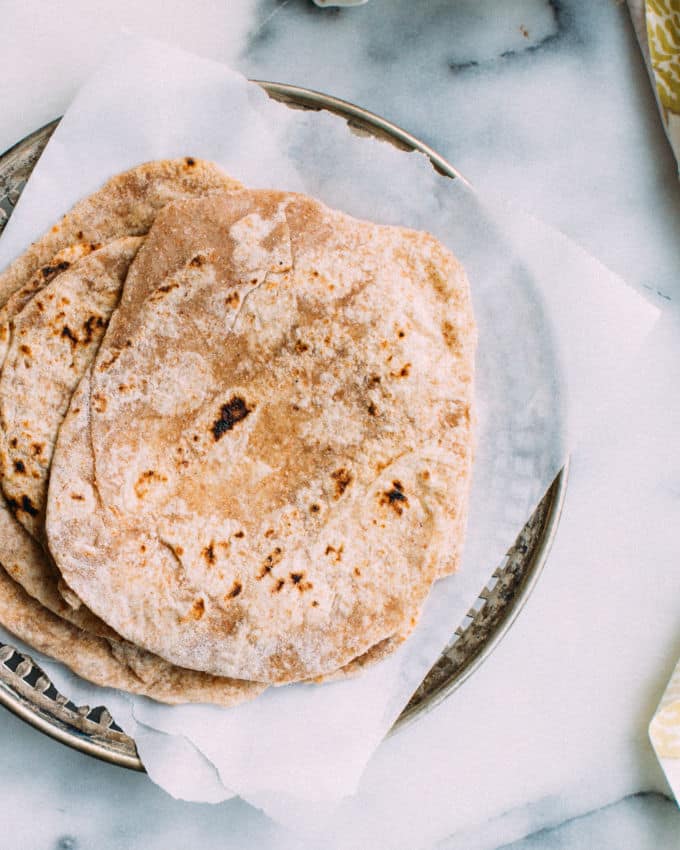
Homemade Chapathi
In our half-Indian family, these soft flatbreads are called chapati. They are pretty much identical to what you’d call a whole wheat wrap or flour tortilla in north america and I use them as such. This homemade flatbread is so superior to storebought wraps.
Chapathi bread like this is rolled out by millions of Indian mothers and grandmothers on a daily basis.
It’s a super simple dough with just flour, water, salt and oil. Chapathi are cooked on both sides in a frying pan (a tawa, in India). In my home, I use a cast iron pan.
They’re quick, healthy and easy, and just as perfect for wrapping up leftovers into a portable lunch (like my Indian Chickpea Salad recipe) as they are for pinching bites of succulent Vindaloo pork curry.
This makes a big batch (about 2 dozen) and we always stash leftovers in the freezer. To reheat, I just hold them directly over the gas burner for a few seconds on each side using tongs. They’re warm, soft and flame-kissed in an instant.

How to make soft chapathi
There are two keys to making soft chapathi.
- The first is to not add too much flour to the dough. It should be sticky, not dry. This brings me to the 2nd key.
- Let the dough rest. This hydrates the dough, meaning the water moves from the wetter parts to the drier parts, and the starch has time to fully absorb the moisture. Resting the dough also allows the toughness to soften (the gluten relaxes), meaning it will roll out more smoothly without springing back and the cooked chapathi will be nice and soft.

Pro tips and tricks
- Chapathi is cooked quickly over high heat, so unless you’re well-practiced, it’s best to have all your circles rolled out before you start cooking to avoid accidentally burning some.
- If you would like the chapathi to puff up, let your dough rest for longer – 4 hours on the counter, or even overnight in the fridge. Cook on the first side, flip them to the second side for just a couple of seconds, then use tongs to place them over a direct flame of the stove.
- This intense heat turns the moisture to steam quickly and creates puff. It only works if at least one side is still not finished cooking (if the starch is fully set on the outside, it won’t stretch anymore).
Make chapathi ahead of time
This makes a big batch – you can either roll out what you need today and roll out some more fresh tomorrow, or cook them all and freeze what you don’t use.
- If freezing, place between sheets of waxed paper or freeze in a single layer on a large baking sheet first (so you can easily separate them) then seal in a large freezer bag.
Here are some other reader favorite Indian recipes you don’t want to miss
Other Delicious Flatbread Recipes You’ll Love
- Turkish Bread (pillowy-soft flatbreads)
- Roti (super soft flatbreads that puff up beautifully as they cook)
- Paratha (flaky, layered flatbread)
- Butter naan (this recipe went totally viral on Instagram)
- Kheema naan (the viral naan stuffed with spiced meat)
- Aloo Naan (the viral naan stuffed with potato masala)
- Fresh Flour Tortillas (an easy recipe to make delicious flour tortillas from scratch)
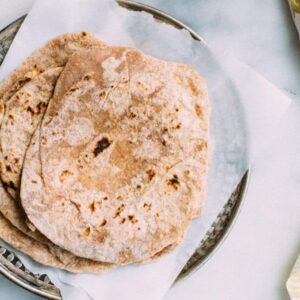
Soft Chapathi
Ingredients
- 4 cups whole wheat flour
- 1 cup all purpose flour plus more for rolling
- 2 tsp kosher salt
- ½ cup vegetable oil like canola or sunflower
- 1 ⅔ cups warm water approximately
Instructions
- In a standing mixer fitted with the dough hook/kneading attachment, stir together flours and salt on low speed. Add the oil and enough warm water so that the dough comes together in a smooth ball. It is right when it sticks a bit to the bottom of the bowl but releases from the sides. (If you make it too sticky, add more flour a tablespoon at a time). Once the dough forms, reduce mixer speed to low to knead for 10 minutes.
- Cover bowl and let dough rest 20 minutes at room temperature (or up to three days in the fridge) . Flour a clean work surface, then pinch of pieces of dough about the size of a golf ball. Preheat a cast iron skillet over high heat for 5 minutes. Roll chapatis into flat circles with a rolling pin on a floured surface (flouring the surface well is key to making proper circles, if you’re inclined).
- When skillet is very hot, add a chapathi. Cook until bottom has lost most of its sheen, is a bit bubbly and perhaps lightly charred in a few spots (30-90 seconds, depending on how hot your skillet is), then flip and cook about 15 seconds more. You want them to appear slightly under-done (still have a bit of sheen) and remain soft. As they cook, transfer to a plate and cover with a clean towel.
Notes
-
- For extra soft chapathi, let your dough rest for 4 hours on the counter (or refrigerate it overnight). The rest makes the chapathi turn out softer because the tough gluten relaxes. Bring the dough back to room temperature before rolling and cooking it.
- Chapati is cooked quickly over high heat, so unless you’re well-practiced, it’s best to have all your circles rolled out before you start cooking to avoid accidentally burning some.
-
- If you would like the chapathi to puff up, let your dough rest for longer – 4 hours on the counter, or even overnight in the fridge. Cook on the first side, flip them to the second side for just a couple of seconds, then use tongs to place them over a direct flame of the stove.
-
- This intense heat turns the moisture to steam quickly and creates puff. It only works if at least one side is still not finished cooking (if the starch is fully set on the outside, it won’t stretch anymore).
Nutrition
Nutrition information is automatically calculated, so should only be used as an approximation.
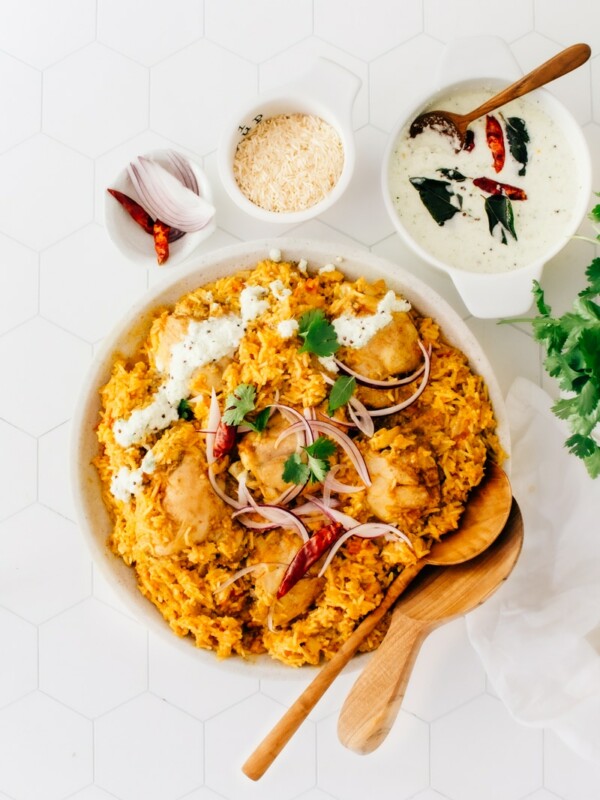
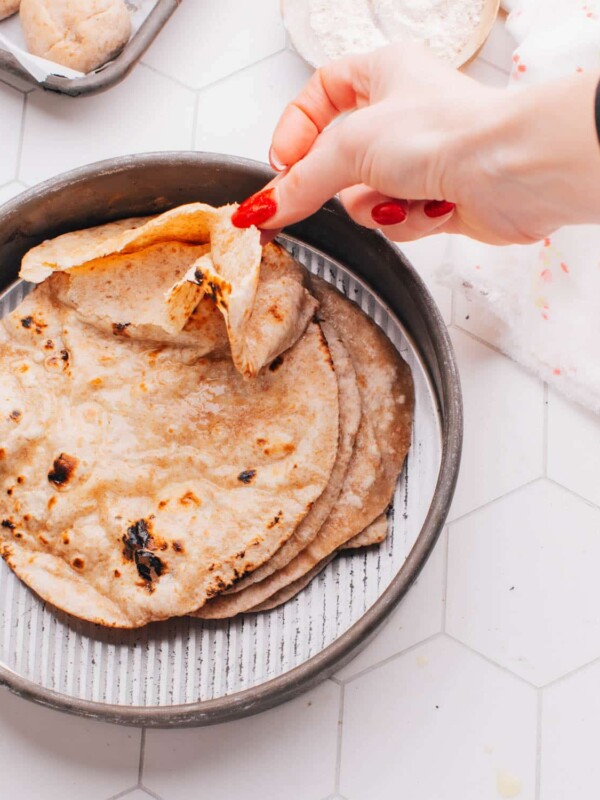
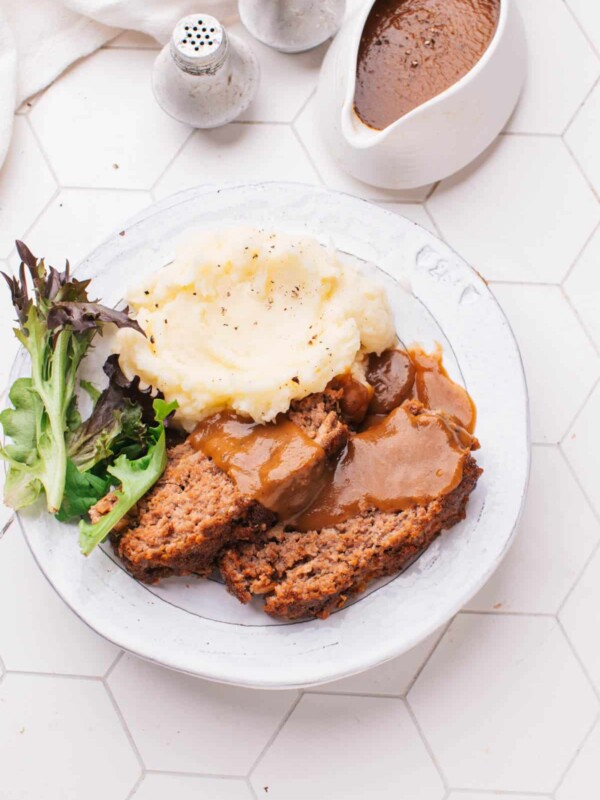
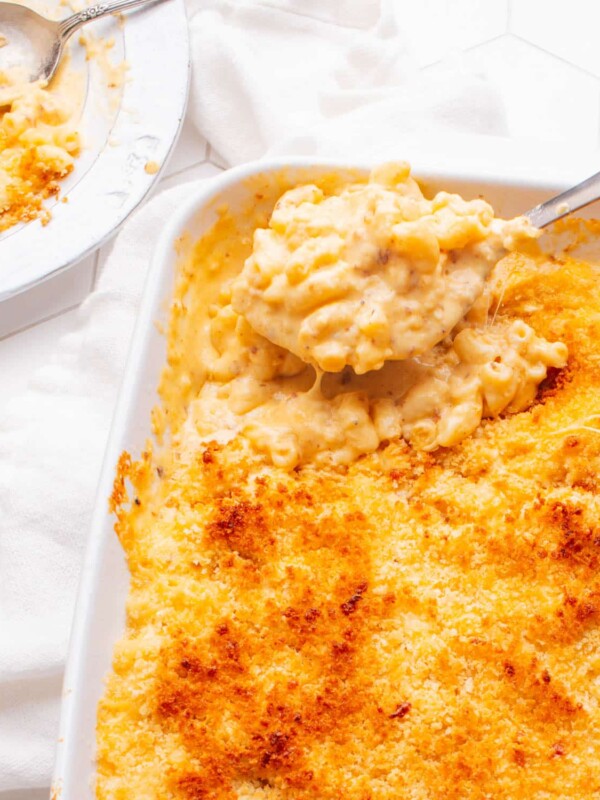









1 Comment